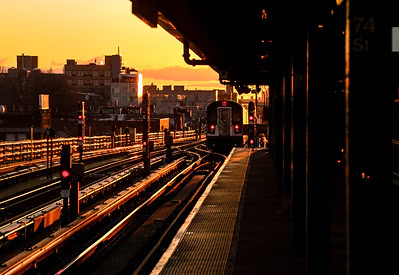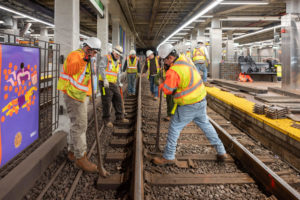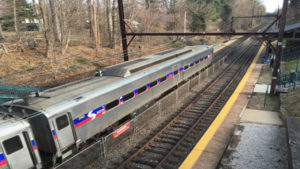$182MM Utility Relocation Contract Awarded for Second Avenue Subway Phase 2
Written by Jennifer McLawhorn, Managing Editor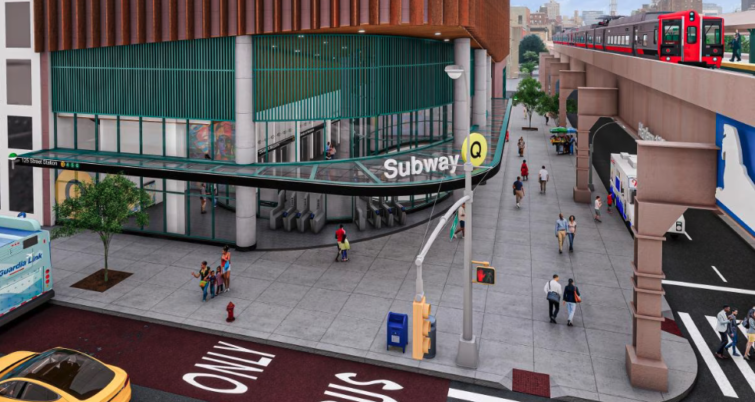
NEW YORK CITY – For Phase 2 of the Second Avenue Subway Project, a $182 million utility relocation contract was awarded to C.A.C. Industries. The project will extend the Q train to East Harlem.
The Metropolitan Transportation Authority has reported a $182 million utility relocation contract was awarded to C.A.C. Industries, Inc. for the Second Avenue Subway Phase 2 Project. New York Governor Kathy Hochul announced the first construction contract which will “finally deliver subway service to residents of East Harlem, one of the most transit-dependent neighborhoods in New York City.”
Governor Hochul stated: “We’re moving full speed ahead to extend the Second Avenue Subway to East Harlem, expanding transit access for thousands of New Yorkers. . . This critical milestone will put shovels in the ground for the next phase of this transformative project. East Harlem has dreamed of transit access for decades – and we’re committed to getting the job done.”
According to the report, this is the first of four construction contracts for the new line. The line will extend the Q train from 96 Street to 125 Street. In addition, three new ADA-accessible stations will be built for East Harlem. The report goes on to say the contract will relocate underground facilities from 105 Street to 110 Street on Second Avenue at the site of a future 106 Street Station. This is to “facilitate the subsequent cut-and-cover construction of the station.”
Of course, New York City has complex underground utilities networks, and these can add delays and additional costs to projects. Knowing to advance utility relocation ahead of the construction is a lesson learned from Phase 1 of the Second Avenue Subway. This should help to reduce any potential delays or unexpected costs for Phase 2. The first contract will also include “temporary streetscape modifications that will be required during construction, including new bike lanes to replace those that will be impacted by construction on Second Avenue, and building remediation in preparation for future contracts for the new subway station at 106 Street.”
There are cost containment initiatives in Phase 2. These include the reuse of a tunnel segment from the 1970s from 110 Street to 120 Street along Second Avenue as well as early real estate acquisition, reduction in back-of-house and ancillary space, close coordination of contracts, and the adoption of best value contract structures, according to the report.
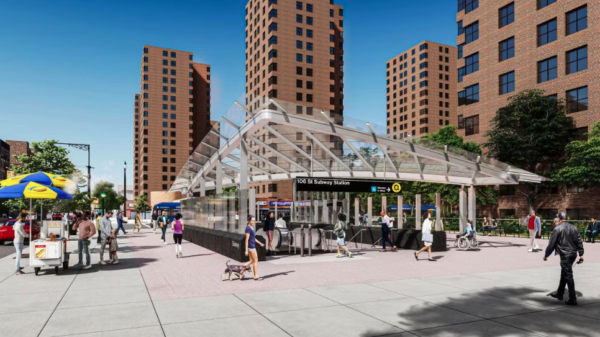
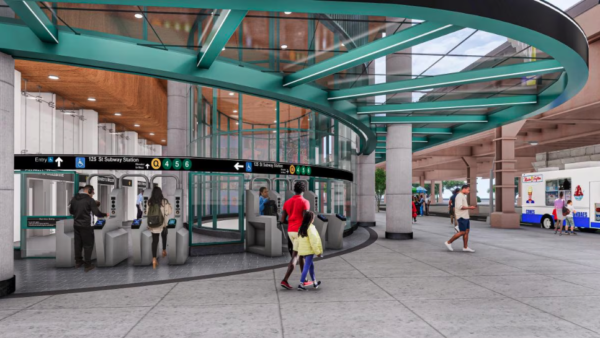
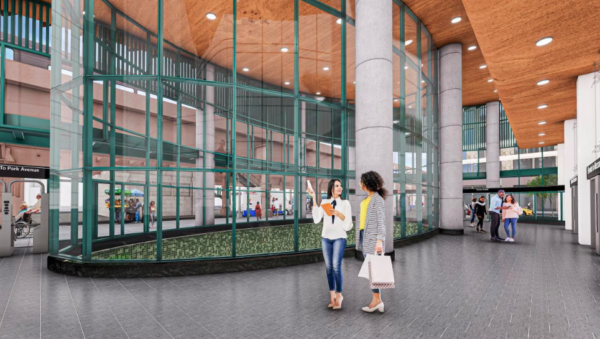
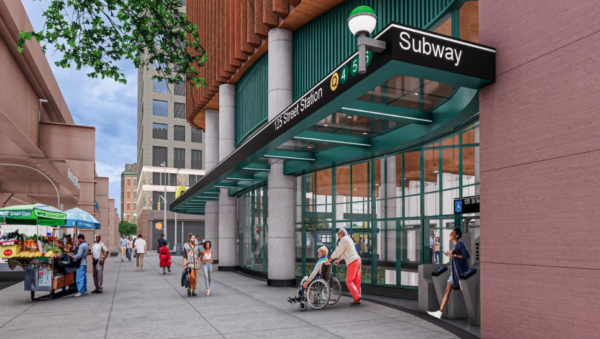
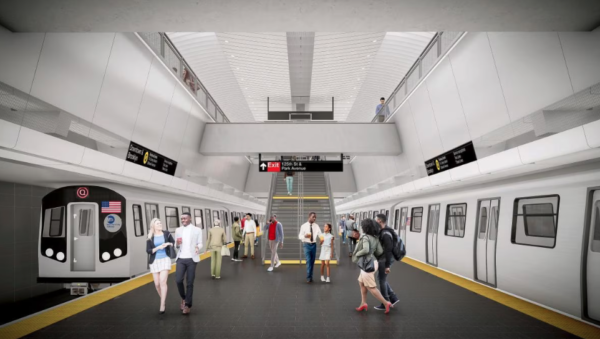
MTA Chair and CEO Janno Lieber said: “Phase 2 of the Second Avenue Subway will change lives and expand opportunities by bringing transit equity to the East Harlem community who have waited decades for this. The expansion of the Second Avenue Subway will get more than 100,000 daily riders to jobs, education and recreation not only in the city but throughout the region.”
MTA Construction and Development President Jamie Torres-Springer said: “The MTA is implementing valuable lessons learned from past projects into Phase 2 of the Second Avenue Subway, and this contract reflects our new approach by proactively relocating utilities upfront. Improving this process will help deliver this project more efficiently and provide residents of East Harlem with increased transportation options better, faster, and cheaper than before.”

